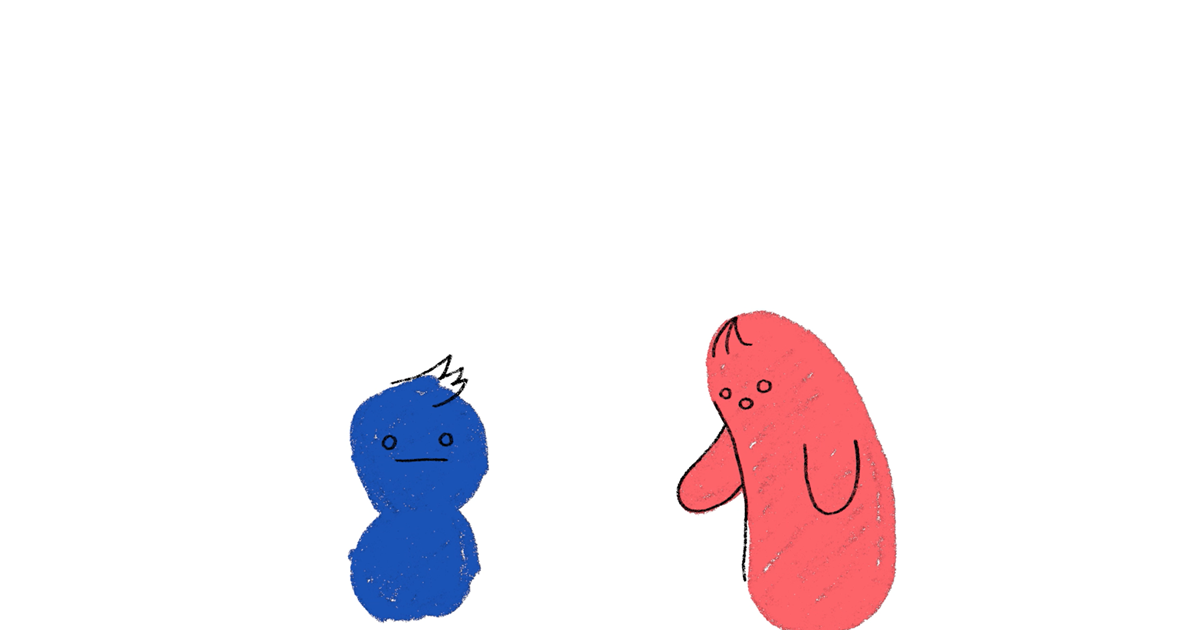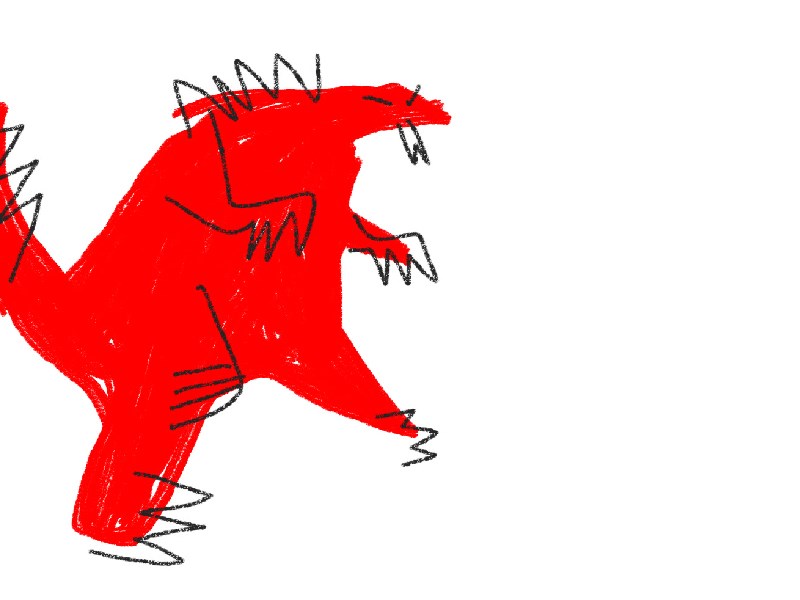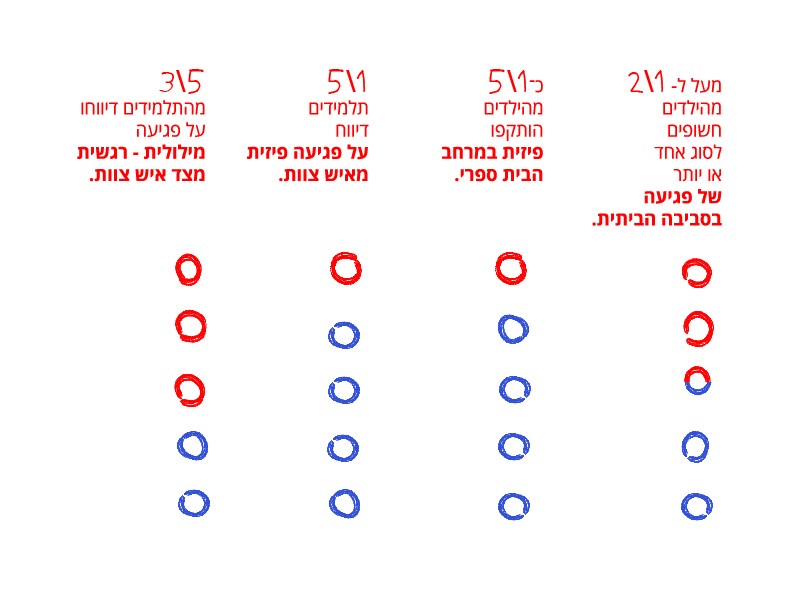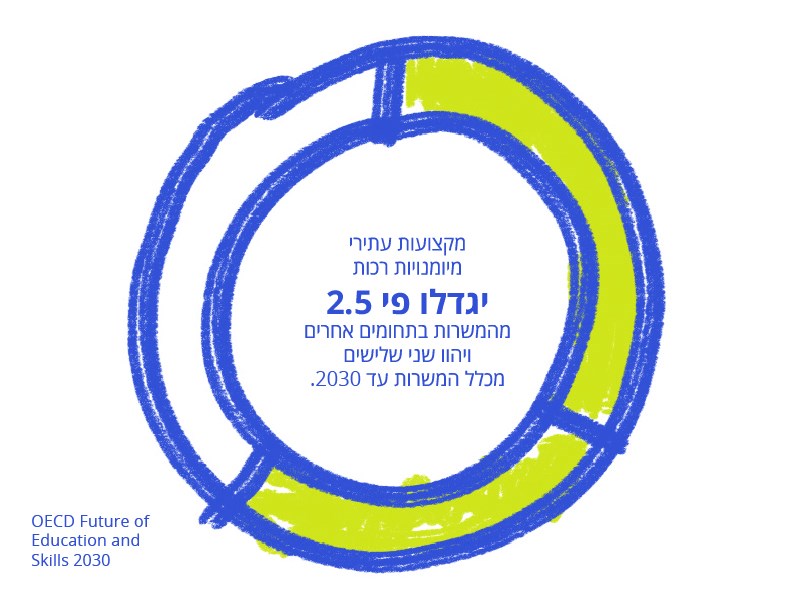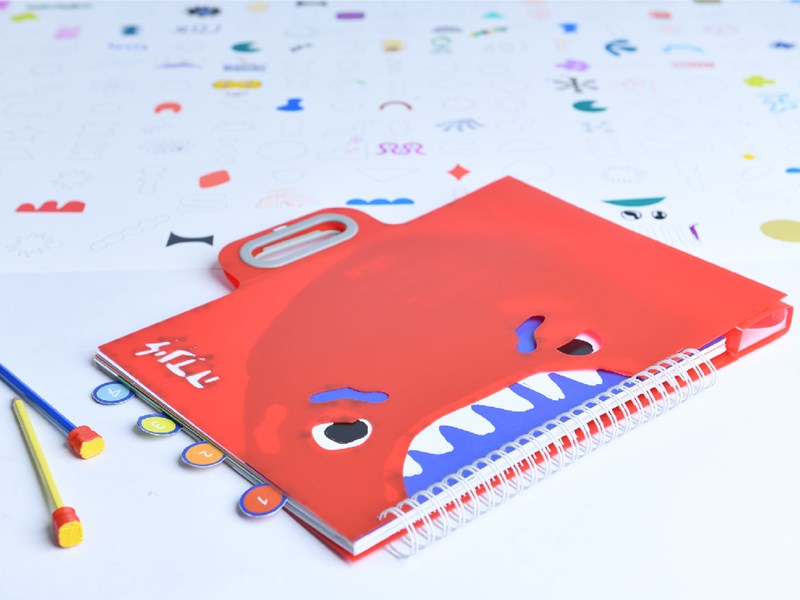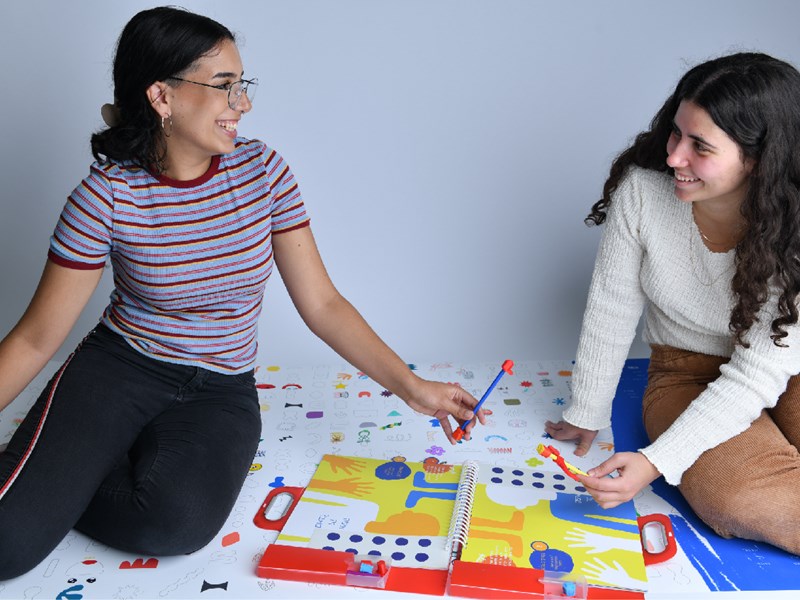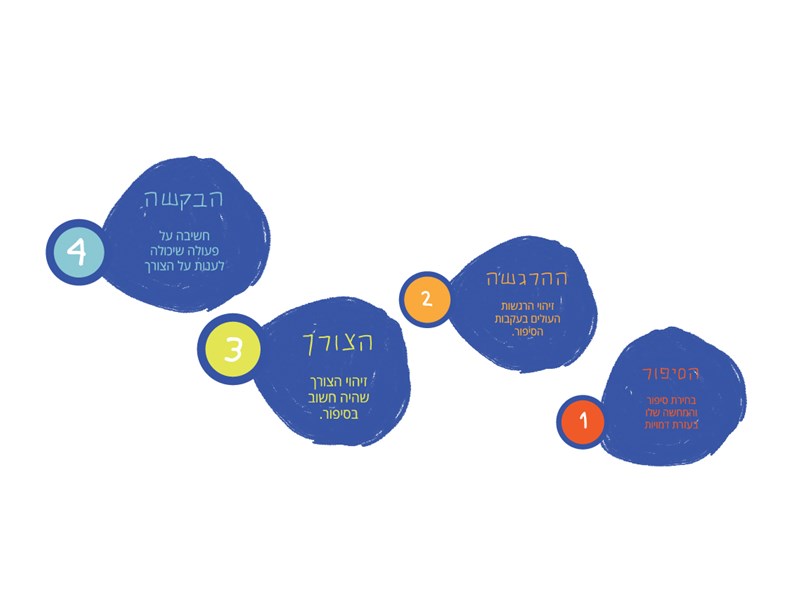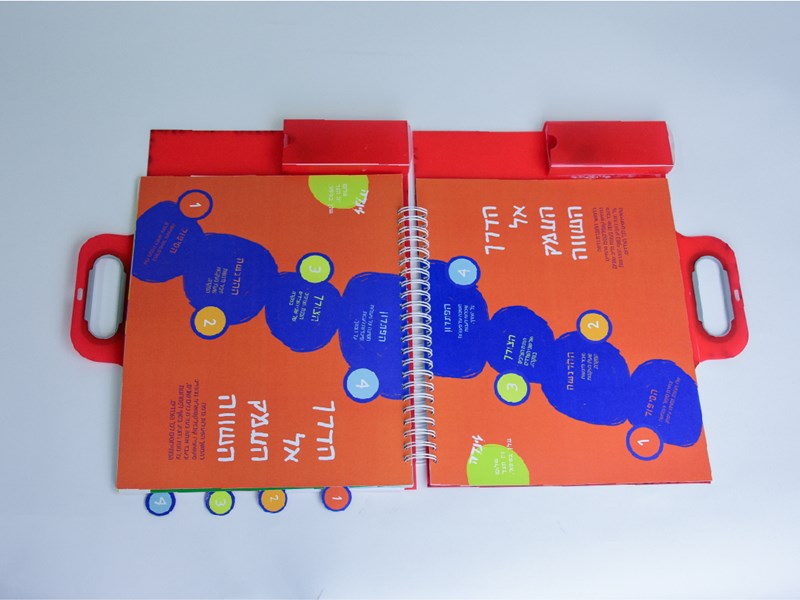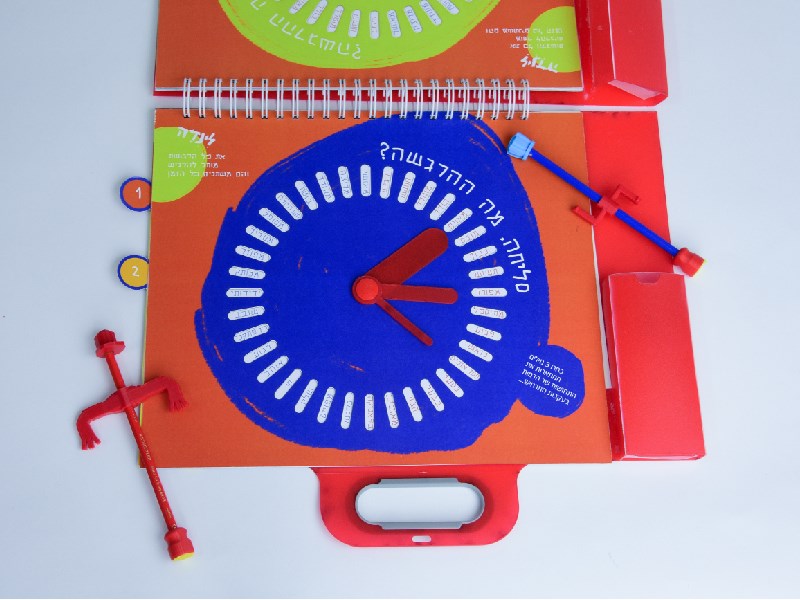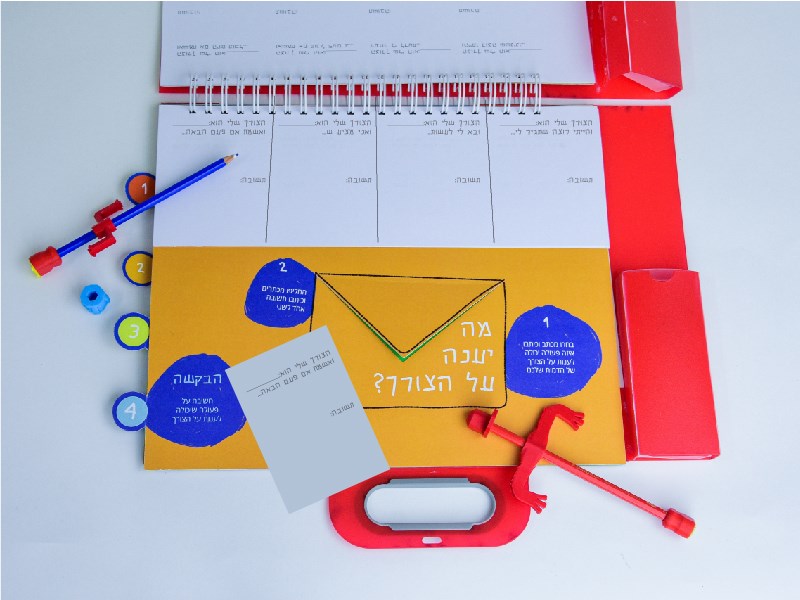...
Advisor: Prof. Dina Shahar
In a world where technology plays a significant role and our communication abilities are reduced, and in a world where the encounter with other cultures is constant and violence is a daily occurrence, we need to utilize the unique quality of our humanity: words.
Words have the power to build walls and open doors.
In moments of conflict, it is easy to lose words and forget no one is absolutely right or absolutely wrong – that we all just want to be seen.
Project background
...
In moments of conflict when both sides feel threatened and often act aggressively or even violent towards the other
Every human action is a need-driven strategy
Dr. Marshall Rosenberg
Booklet
A practice booklet for two children based on the NVC 4-step process and other therapy tools.
The steps
Throughout the activity, children demonstrate a story that includes a conflict and then undergo a process to understand and share their personal experience.
Poster
Interactive poster for short and spontaneous class activity designed to maintain the process and encourage an emotional discussion in class.
About the process
